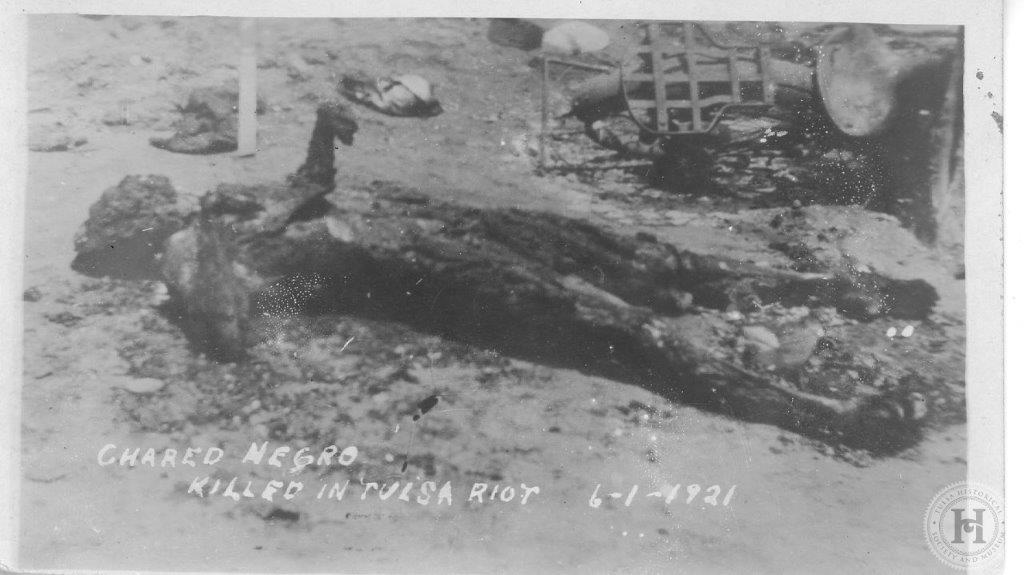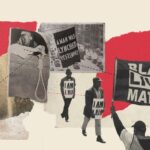This year marks the 100th anniversary of the Tulsa Race Massacre (not Riot). Referring to it as a “riot” implies mutual combat or willful participation by all sides, of which this was not!
On May 19, 2021, a handful of survivors provided emotional testimony on Capitol Hill detailing the events of the two-day bloodbath. In particular, Viola Fletcher who was just 7 years old at the time, provided her firsthand account of what she personally witnessed on that horrific day. 107 years old now, she surprisingly spoke with an eloquence and clarity often attributed to people half her age. Ms. Fletcher recalled seeing “black men being shot and black bodies laying in the street.” She also demanded that Congress recognize the history of this massacre.
The “Black Wall Street” as it was called, was an affluent African American community nationally recognized for it’s thriving business district and residential area. On May 30, 1921, a 17 year-old white elevator operator accused a 19 year-old Dick Rowland, a black shoe-shiner, of assaulting her. The details of what actually took place on that elevator are still, to this day, unclear. That accusation led to Rowland’s arrest, and rumors of an impending lynching, soon followed.
As the day went on, a white mob began to grow with some arriving at the jail demanding vigilante justice. In response, approximately 75 black mem, some armed, also arrived at the jail to ensure Rowland was not lynched. Eventually, the Sheriff convinced the groups to disband. However, a member of the ever-growing white mob attempted to disarm one of the black men. Chaos ensued. Hundreds of white men looted and scorched homes and stores, burned black bodies, and utilized planes to bomb the community into ruins. This went on for a period of two days until June 1, 1921, when the Oklahoma National Guard imposed martial law and ended the massacre.
Once the dust settled, approximately 300 blacks were killed and 10,000 left homeless. Real estate damages amounted to more than $1.5 million, and personal property losses were in excess of $750,000; the equivalent to $32+ million in 2020. Despite this devastation, government officials effectively denied the massacre for decades. However, with a resurgence of calls to action, the story of Black Wall Street is being retold and thrusted back into the spotlight on the 100-year anniversary. African Americans are not only demanding acknowledgement of black suffering at the hands of white perpetrators, but compensation too. While commensuration of reparations to suffering is impossible to achieve, tangible accountability is nonetheless required. According to NPR, “the survivors are plantiffs in a reparations lawsuit that argues that the state of Oklahoma and city of Tulsa are responsible for what happened during the massacre.” In addition, there are several productions, that will tell the story of this horrific day in American history, set for release this Memorial Day. These are a few:
- “Tulsa Burning: The 1921 Race Massacre” is a documentary executive produced by NBA superstar and Oklahoma Hall of Famer Russell Westbrook. The documentary is directed by Peabody and Emmy Award-winning helmer Stanley Nelson (“Freedom Riders”) and Peabody and duPont Award winner Marco Williams (“Two Towns of Jasper”). It is set to premier May 30th on the History Channel.
- “Dreamland: The Burning of Black Wall Street” is a documentary executive produced by LeBron James and his business partner Maverick Carter through their SpringHill Company in partnership with CNN Films. “Dreamland” is directed and produced by Salima Koroma, who helmed the 2016 documentary “Bad Rap,” about Asian American rappers, including Awkwafina. It is executive produced by James, Carter, Jamal Henderson and Philip Byron of The SpringHill Company and Amy Entelis and Courtney Sexton of CNN Films. Jamila Jordan-Theus and Patrick Altema of The SpringHill Company are co-executive producers. It is set to premier May 31st on CNN.
- “Rise Again: Tulsa and the Red Summer” is a National Geographic Documentary Films production in partnership with prolific documentarian Dawn Porter — who last year released “Good Trouble: John Lewis” and “The Way I See It” — and Trailblazer Studios on a feature documentary that sheds new light on a century of intense racial conflict. After its June 18 Nat Geo premiere, “Rise Again” (originally titled “Red Summer”) will be available on Hulu the next day, June 19, which is Juneteenth, when the last enslaved Black people in Texas received news of their emancipation.
References:
- “Survivors Of 1921 Tulsa Race Massacre Share Eyewitness Accounts”, NPR – May 19, 2021
- Photo Courtesy of Tulsa Historical Society
- Video Courtesy of NPR via Instagram
Last modified: May 26, 2021











